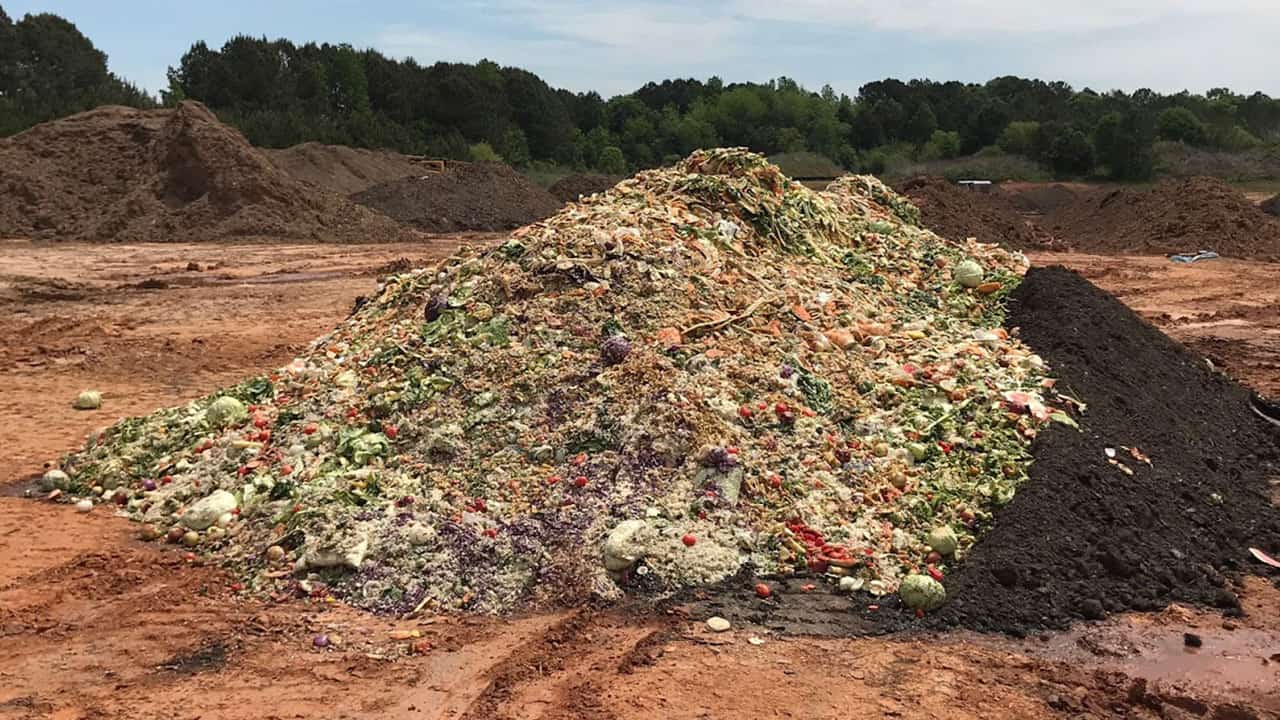Green waste recycling
Our work to repurpose 9 billion pounds of green waste annually
Over the years, we’ve been persistent in our efforts to find product solutions for gardeners that also benefit the environment. Green waste recycling is a perfect example of one solution we’ve found.
Every year, we work with communities to recycle 9 billion pounds of green waste into beneficial soil products for gardeners. This keeps it out of local waste streams and returns valuable, often local, nutrients back into the soil. It also makes ScottsMiracle-Gro one of the largest green waste recyclers in the world.
So what is green waste?
Green waste is any material that can be composted, such as yard and grass clippings, leaves, branches and twigs. Gardeners are probably familiar with their local city programs, which collect green waste, such as grass clippings, at their curb.
Turning waste into compost
We work with local organizations near our production facilities to gather green waste and incorporate it into our composting process. The green waste must meet stringent criteria for inclusion in our products. This includes high nutrient value, screening for foreign debris, such as plastic or glass, and local sourcing within 100–150 miles of the production facility.
Once a production facility has accumulated enough green waste, it’s collected into a pile and often mixed with other waste materials to begin the compost process, which is not too dissimilar from how gardeners compost at home. The compost pile is turned, its temperature is taken, and it’s monitored and aged for about three months.

Compost pile at one of our growing media facilities.
Our compost must have an exact “recipe” so scientists add manure or food waste to give it nutrients and achieve the right composition and chemical analysis. Then, it’s mixed into our products, bagged and eventually shipped to stores.
The benefits of green-waste recycling
There are numerous benefits to green-waste recycling. Most importantly, it diverts waste thereby saving space in our landfills, which can reduce the amount of greenhouse gases being created and released into the environment. By recycling green waste into soil products, it also adds valuable nutrients back into the earth.
“The idea that we’re utilizing what would otherwise be a waste product into beneficial products for gardeners is significant,” said Nick Castorano, manager of technology development. “We’re turning it back into something that adds value to people’s lives and the environment.”
Evolving to food waste
Several of our production facilities are moving beyond green waste to examine the environmental and economic benefits of using more food waste compost in our potting soils and other products.
Teams across our business are working together to find more food waste that meets our stringent criteria for inclusion in our products.
In 2017, Lebanon, Connecticut, became our first growing media facility to pilot the “Next Generation Compost Project,” incorporating a specific type of food waste into our soils. The project spread in 2018 to three more facilities. Each site repurposes waste from a variety of local sources, and we anticipate more facilities to come online as the project expands.

